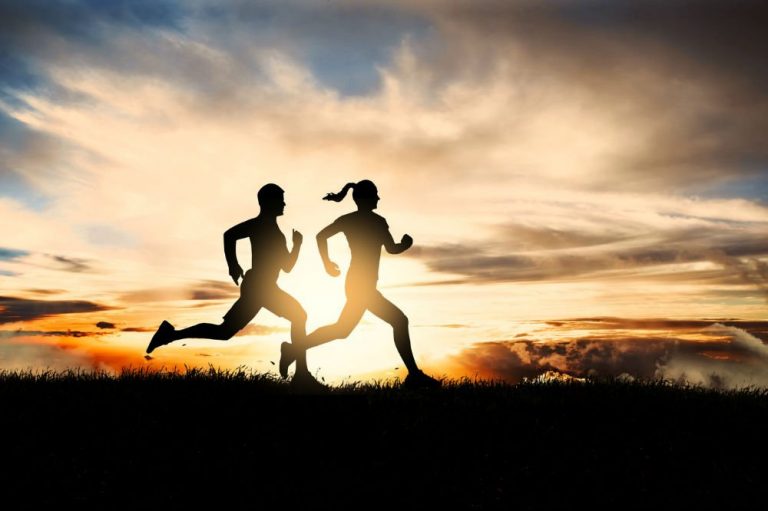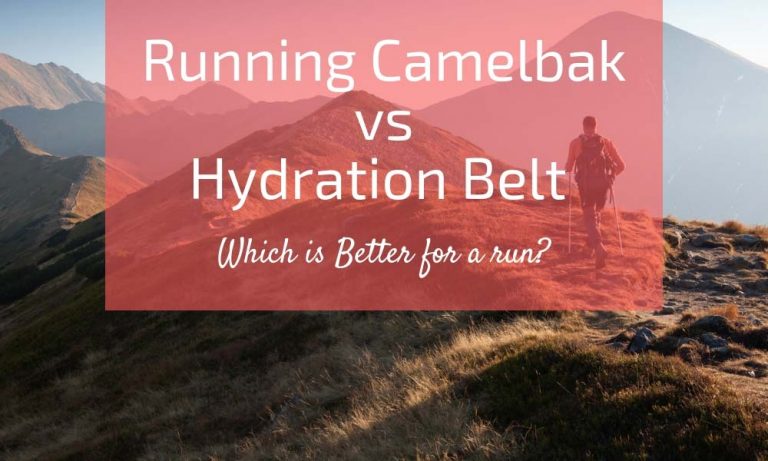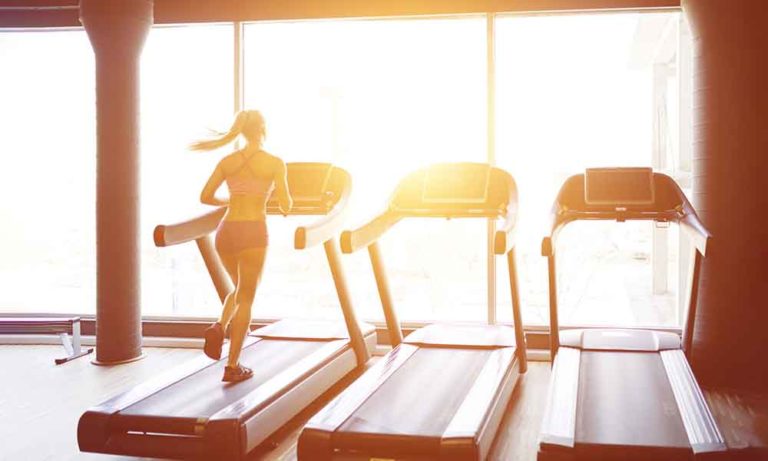Different Types of Running Shorts (How To Choose The Best For You?)
There’s nothing like a pair of running shorts to help you stay comfortable during your next run. But which type of running shorts are right for you?
There are plenty of options available, from compression shorts to V-notch shorts.
Whatever style you choose, just make sure you pick the ones that keep you comfortable throughout your workout.
What Are Running Shorts?
Quality bottoms are essential for anyone who runs, especially those who train hard. They provide comfort, protection, ventilation, and style.
However, there are many different types of shorts, each offering something unique.
Some give you built-in underwear, and some do not (for the most part, it is a personal preference if you want to wear underwear with running shorts).
Here is everything you need to know about running shorts, including what makes some better than others.
Running Short Types
1. V-notch shorts
V-notch running shorts are the most popular style of running bottoms.
The name comes from upside-down V-shaped notches in the outer portion of the short (in the leg seam).
Cutouts allow for better movement than fully stitched seams.
These look like regular athletic clothing with an eased, loose fit, unlike the snug fit of compression bottoms.
Advantages of V-notch shorts
- Great for recreational runners looking for a nice pair to run in public.
- You can feel comfortable walking around the city and sitting in a coffee shop after a run (unlike with split or compression shorts).
- Lot of options and models and brands to choose from.
Disadvantages
- Many V-notch shorts sold online are not explicitly created for running. Choosing a suitable model is challenging (unless you go with big brands).
- The crotch area of some models can be too tight, making them uncomfortable. Some are too loose to the point of chafing your thighs.
2. Split shorts
Split and v-notch shorts are often confused, but there is a difference.
Split-leg running bottoms are made of two panels. The front panel overlaps the back, so the actual leg seam can be as short as the waistband.
With a cut seam up the side of the clothing, split shorts allow the leg to move back and forth without friction.
Split running shorts are the lightest, most breathable, and best for competitive runners.
Advantages of split shorts
- For warm and humid weather, they give maximum ventilation and comfort.
Disadvantages
- They’re not the best for walking around the city and drinking coffee after a run.
- Chafing can occur (apply the anti-chafe balm between your thighs if needed).
3. Compression shorts
Compression running shorts are designed to give you maximum comfort and support.
They come in various lengths, such as the knee, ankle, and thigh. Some models offer additional features like pockets, zippers, and a level of comfort.
Compression should be worn next to the skin to be effective. In other words, don’t wear underwear (go commando). You can wear loose-fitting clothing over compression bottoms if you want to be more covered.
Advantages of compression shorts
- Compression bottoms are soft and stretchy, providing excellent support and comfort.
- They prevent muscle strain and chafing.
- Better recovery after strenuous exercise.
Disadvantages
- A tight fit causes discomfort.
- While there are performance benefits, they are marginal.
4. Mesh Shorts
Running shorts often have mesh liners, but there are also full mesh bottoms.
Mesh shorts are breathable fabric, usually nylon or polyester, allowing air to circulate freely.
The lightweight fabric is full of little holes to boost airflow. Depending on the material, a mesh can be moisture-wicking, too.
Mesh is ideal for warm weather running. It is lightweight and comfortable. Mesh bottoms usually feature a pocket on the side.
Advantages of mesh
- Mesh is breathable. It lets air flow easily, keeping you cool.
- They are lightweight and weigh much less than traditional clothing.
Disadvantages
- There is no cushioning or padding to protect your legs.
5. 2-in-1 Shorts
2-in-1 running shorts are a hybrid of the compression and running shorts.
The compression underlayer is incorporated into outer shorts with loose fabric to act as a replacement for the inner lining.
They allow you to run with the benefits of compression, ensuring you’re properly attired. The compression layer can improve blood flow, muscle activation, and comfort (and prevent chafing).
Advantages of 2-in-1
- Great for running long distances off-road.
- Some 2-in-1 gear comes with a zip pocket.
- They dry quickly.
Disadvantages
- Can be pretty expensive.
- Might not be ideal for fast runs as they are heavier than usual clothing.
What About If You Don’t Like Shorts? Other Things To Consider
1. Running Skirts For Women (Skorts)
Most running skirts are so-called skorts that combine a skirt and compression bottoms. Shorts offer mild compression that keeps your silhouette streamlined.
Skorts are made to ensure that you feel comfortable while running with better elasticity and flexibility. They are great in preventing chafing on longer runs.
Advantages of skorts
- Some skorts have zippered pockets, so it is easy to carry your keys while running.
- Skorts look dressy enough to be worn for other activities as well.
Disadvantages
- They can be pretty expensive.
- Some skorts might be shorter than some women will feel comfortable with.
2. Joggers
Joggers are perfect for layering over or under shorts while running in colder weather.
Jogging pants, aka joggers, and sweatpants, are loose-fitting and baggy. Joggers are typically more fitted, while sweatpants have a looser, more relaxed fit.
As we work from home, comfy sweatpants are our uniform of choice.
These workout pants are perfect for warming up or going for an easy run.
Advantages of joggers
- Joggers are stylish and versatile.
- They cover your thighs and butt, preventing chafing.
Disadvantages
- They may not be comfortable with the tightness around their ankles or the way the cuff sits.
Are There Unisex Running Shorts?
It is no longer common for running brands to sell uniform apparel.
Women’s liners fit closer to the body, have shorter inseams, and are angled differently to accommodate hips.
The briefs and inseams of men’s bottoms are longer and more supportive.
Which Type of Running Shorts Is the Best?
There are many factors to consider, but it all comes down to personal preference. Why do you like wearing running shorts? Is there a brand you prefer over another? Do they feel comfortable or tight? Is the material comfortable against your skin?
For different types of runners and exercises, check out these models.
High-intensity exercises like sprint training: Use compression gear to get support for the muscles.
Running in cities and parks: V-notch shorts are nice and modest, making them perfect for mid-distance recreational running. They are the best compromise between looks and performance.
Long-distance Running: For hot weather and races, split shorts because of the breathability and range of motion. When it is colder, 2-in-1 bottoms. The lining acts as underwear and provides additional support, while the outside provides storage (some have back pockets) and modesty.
Length Of Running Shorts
Running shorts come in different lengths. The length of your apparel is a very personal choice. Some prefer longer ones while others like shorter ones.
Runners usually wear short ones during warm weather to keep their legs cool and dry.
However, some choose to wear long bottoms during cold weather months too. This is especially useful when running in colder temperatures because it helps keep the body warmer.
There are several lengths of shorts, including short, mid-length, and knee-length. Short models are typically worn by girls and women. Mid-lengths are ideal for men and boys. Knee lengths are suitable for both genders.
You should choose your bottoms based on your preferences for support, length, and the type of running you enjoy.
Some recommendations/ideas to consider:
When running on a road or short trail in hot weather: short, lightweight bottoms of 4 to 5 inches (12-13 centimeters) provide the best freedom of movement (shorter types are often more comfortable for women).
For long-distance runs and for trail running: long bottoms of 6 to 7 inches (15-18 centimeters) provides better sun protection. Additionally, they provide additional warmth if the temperature drops. Also, they are more suitable for integrating a longer inner short for better muscle support.
For running in cold weather, rain, or winter: you can wear tights or overpants over your shorts. You may also wear shorts over tights.
Other Things To Look When Shopping For Running Shorts
Fabric
There are three main fabric categories for running apparel: synthetic, cotton, and polyester/spandex.
Synthetic fabrics offer superior breathability, are lightweight, and don’t absorb sweat like cotton.
Cotton is great for warmth but tends to feel heavy on the body when you sweat (so avoid cotton!).
Polyester/spandex blends provide comfort and support, making them ideal for those looking for a comfortable fit without sacrificing mobility.
Compression
Compression helps reduce muscle fatigue and improve blood flow.
Shorts with compression can improve comfort and minimize chafing, which can improve performance.
Lining
The lining of your clothing is just as important as the material itself. If you’re wearing compression bottoms, ensure the lining doesn’t rub against your skin. Also, avoid shorts with a mesh liner, which could lead to irritation.
How Should I Choose a Liner?
Running shorts come in two main types – with liners and without.
Most shorts come with integrated underwear. This type of pair has a built-in liner and a loose overshoot.
They offer great comfort with excellent friction management, especially between the thighs. Briefs, boxers, or tights provide support, depending on the model.
When you have a pair without integrated underwear, you can wear whatever underwear or compression bottoms you want.
So you can combine a pair of shorts with different kinds of underwear depending on your daily needs in terms of weight, protection, and support.
For women, there are also skorts (a combination of a skirt and compression underlayer) for extra coverage.
How Many Pockets to Carry Your Phone and Other Stuff on the Running Shorts?
Hand pockets on running shorts are not ideal because the items you put in them will bounce around when you run.
Pockets integrated into the waistband are great. They minimize the bounce and allow you to carry small items (keys, energy gels).
There is sometimes a phone pocket on the back (take care not to damage your phone with moisture from perspiration).
Some models also feature small zippered pockets, usually in the front and back.
If you want to carry a water bottle or other oversized items, use a running belt, backpack or vest.
The Bottom Line
Running shorts are essential for any runner’s wardrobe, offering protection against chafing and supporting your muscles. As you can see, there are many different types of running shorts to choose from.
You now know what to look for when choosing running bottoms. Focus on comfort because it will help you perform better and enjoy running more!




